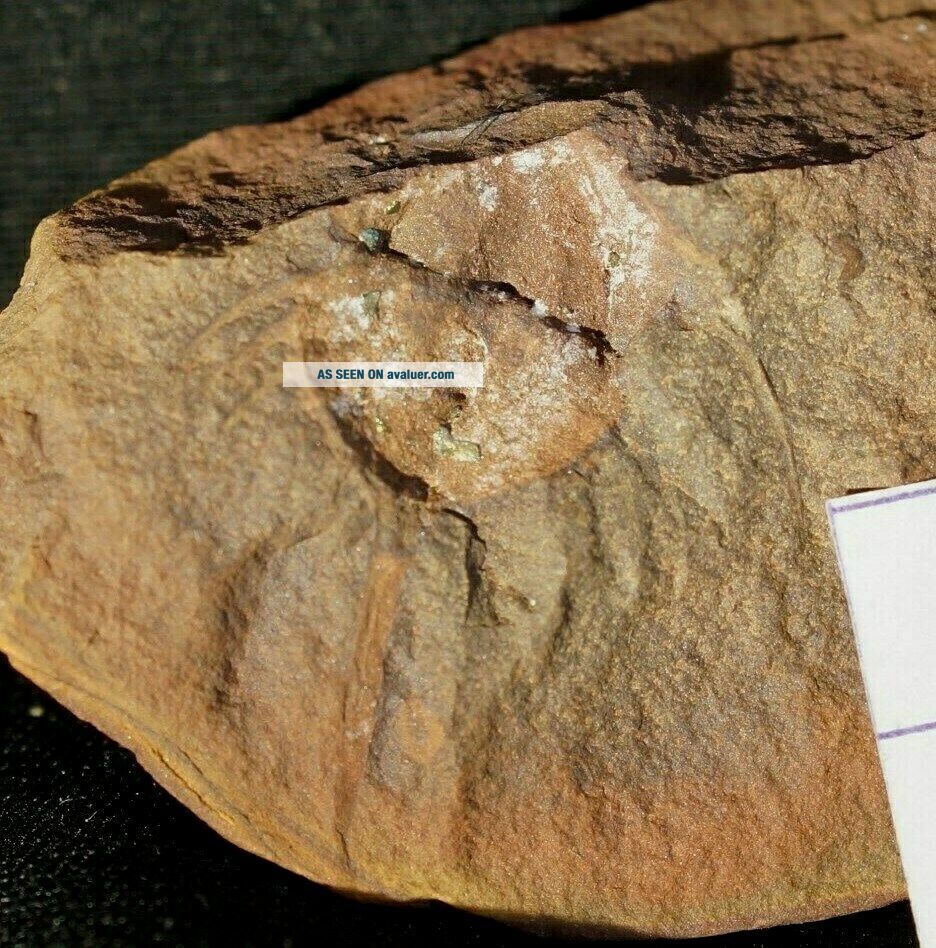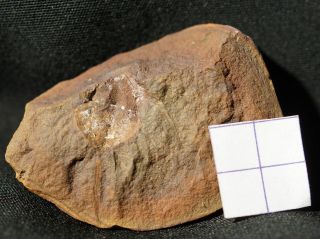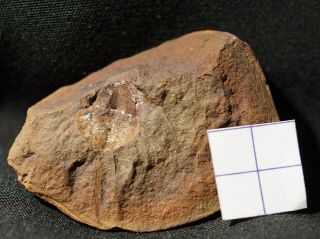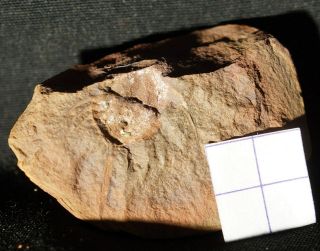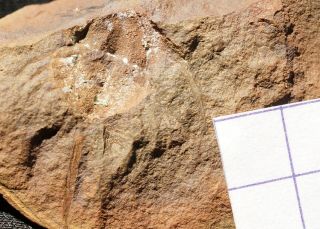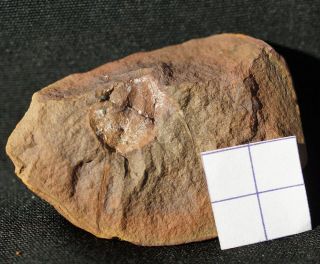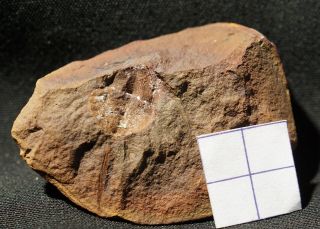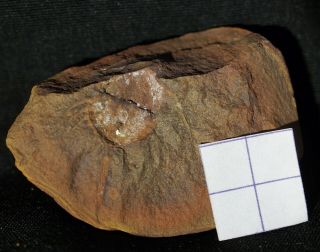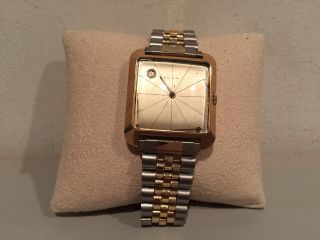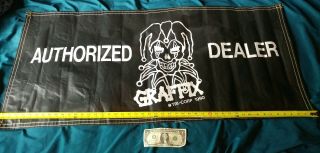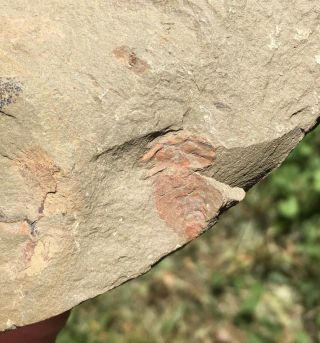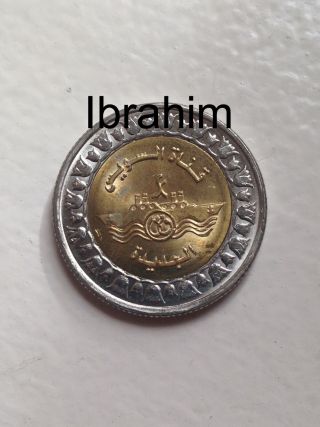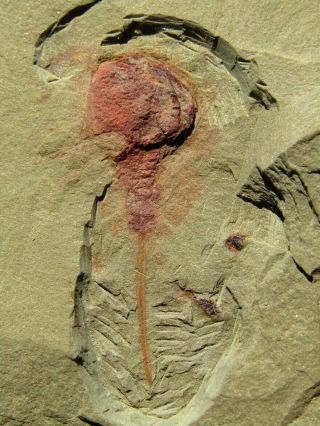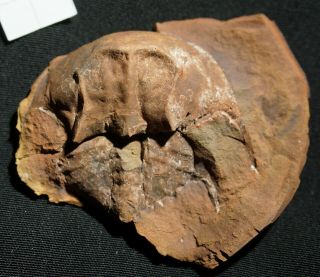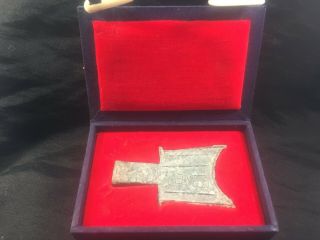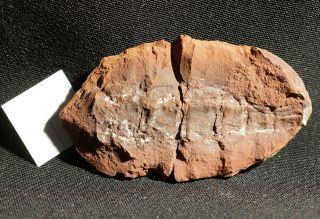Extremely Rare Euproops Anthrax Horseshoe Crab Not Occurring In Mazon Creek
Item History & Price
| Reference Number: Avaluer:4373921 | Modified Item: No |
I combine shipping costs. Each item is different, so please wait with payment after purchase - I will send You a combine invoice. Usually, it will be cost of shipping the heaviest item.
Specimen: Extremely rare small imprint of horseshoe crab Euproopsanthrax Prestwich 1840 species not occurring in Mazon Creek at all , from faumous, closedlocation in Poland!!! At the moment very hard to reach fossil from old collection.
Locality: &n...bsp; GZW , Sosnowiec, Poland
Stratigraphy: Upper Carboniferous, Bashkirian - Westfal A,
Age: ca 310 Mya
Nodule size : ca 3, 0 x 2, 0 x 0, 5 cm ( white square on pictures is 1, 0 x 1, 0 cm)
Description:
Extremely rare imprint Euproops anthrax Prestwich 1840 species not occurring in Mazon Creek at all , from faumous, closed location in Poland!!! At the moment very hard to reach fossil from old collection. Specimen preserved in naturally cracked nodule half. Much rarer smaller species of Euproops family - Euproops anthrax Prestwich, 1840defined to it's species due to smaller size, long ophiostosomalspines and the characteristic shape of the prosoma.
Horseshoecrabs resemble crustaceans, but belong to a separate subphylum, Chelicerata, and are closely related to eurypterids and arachnids. The earliest horseshoecrab fossils are found in strata from the late Ordovician period, roughly 450Mya.
Horseshoe crabs aremarine arthropods of the family Limulidae and order Xiphosura or Xiphosurida, that live primarily in and around shallow ocean waters on soft sandy or muddybottoms. They occasionally come onto shore to mate. They are commonly used asbait and in fertilizer. In recent years, a decline in the population hasoccurred as a consequence of coastal habitat destruction in Japan andoverharvesting along the east coast of North America. Tetrodotoxin may bepresent in the roe of species inhabiting the waters of Thailand. Becauseof their origin 450 million years ago (Mya), horseshoe crabs are consideredliving fossils.



